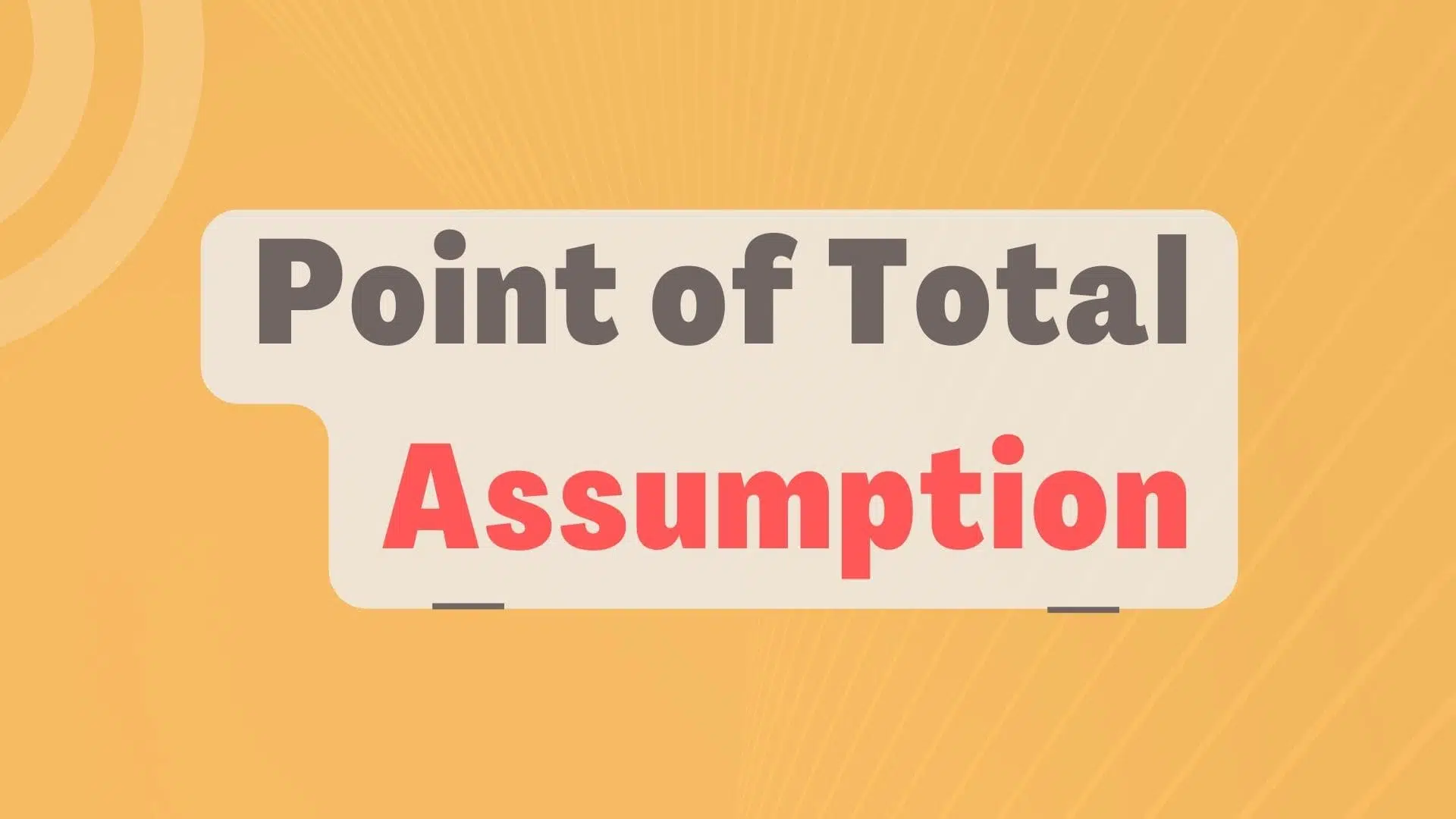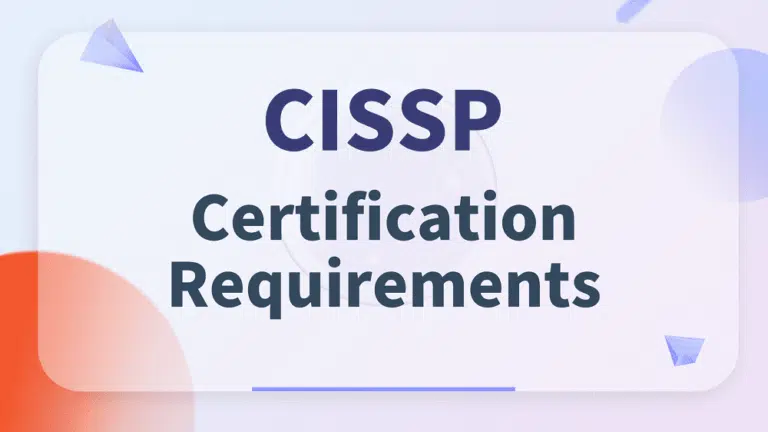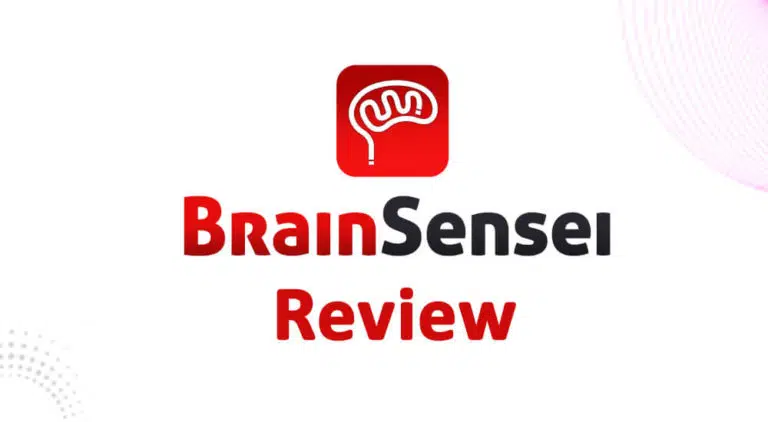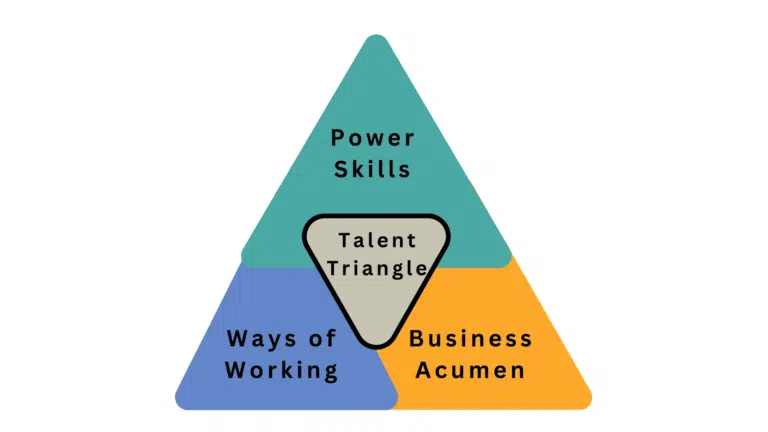Incentives are proven to boost performance and inspire sellers to achieve higher levels of performance. This is why an incentive is included in a fixed-price contract, and this agreement is commonly referred to as a fixed-price incentive fee contract (FPIF).
A “point of total assumption” clause is included in an FPIF contract to control costs. This is a safeguard for the buyer and a check for the seller. It absolves the customer of any responsibility for paying higher than the ceiling price and encourages the seller to enhance the performance.
What is the Point of Total Assumption
Understanding the Fixed Price Incentive Fee (FPIF) contract is essential before proceeding with the point of total assumption.
A fixed-price incentive contract, or FPIF, offers the seller additional motivation for superior performance. The performance may be characterized by prompt delivery, economic results, or remarkable outcomes.
For example, a contract price is 500,000 USD. For early delivery of the deliverable, the seller will be paid 500 USD per day as an incentive.
The contract has a price ceiling. Any price escalation above this price will be bear by the seller.
A few common terms used in FPIF contracts are:
Target Cost: This is the amount agreed by the buyer and the seller for the contract. It is estimated after technical evaluation of the contract and based on historical information; and expert judgment.
Target Profit: This is the profit the seller is expected to make from the contract.
Target Price: This is the sum of the target cost and target profit. It is the amount the buyer agrees to pay for the job or contract.
Target Price=Target Cost+Target Profit
If the final price is less than the target cost, the saving will be shared by the buyer and the seller according to the sharing ratio.
Sharing Ratio: This ratio decides the proportion of sharing overrun or underrun budget.
A typical example is 80/20. The numerator is always the buyer, while the denominator is the seller.
Actual Cost: This is the cost spent by the seller while executing the tasks.
Ceiling Price: This is the maximum amount the buyer will pay for the task. Anything above this value will be bear by the seller.
Profit Adjustment: This is the change in profit from the target to the actual value. It is the drop (in most cases) of the profit based on the rise in the project cost.
Budget Overrun: This is where the actual cost exceeds the target cost.
Budget Underrun: Here, the actual contract cost is less than the target cost.
Underrun = Target Cost – Actual Cost
Underrun is positive, while overrun is a negative value.
The FPIF needs access to a reliable accounting system and a cost database to facilitate cost negotiation and incentive price adjustment. It is strongly suggested that the share ratio not be negotiated before the target cost, target profit, and ceiling price have all been negotiated.
Now we come to the Point of Total Assumption.
At this point, the sharing ratio becomes 0/100; mean, the seller bears the cost.
The seller assumes total responsibility for additional expenses when actual costs exceed PTA. Every dollar the contractor spends impacts his profit and can be seen in the downward decline of the profit line (between PTA and ceiling price, shown below).
Point of Total Assumption (PTA) Graph
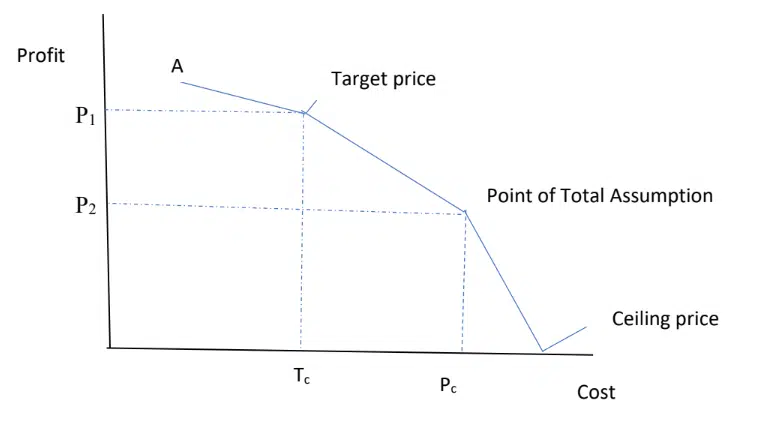
The above diagram shows a cost underrun between the target price and point A.
If, on the other hand, the target cost of Tc is surpassed (between Tc and the PTA), we will have a budget overrun, and the buyer’s participation ratio will begin to fall to prevent further cost inflation.
As can be seen by comparing P1 and P2, the profit made by the vendor has likewise decreased. When the cost crosses PTA, which it does at point P2, the seller takes full responsibility for any cost overruns. The customer is not responsible for any price increases that may occur.
Take note that cost and price are not the same things. The price takes into account both the cost and the profit. Beyond PTA, the profit begins to shrink as the cost rises.
The whole essence of FPIF is to ensure cost consciousness and to protect the buyer from unacceptable price variation.
Formula to Calculate Point of Total Assumption (PTA)

Example of Point of Total Assumption
Example-1
An FPIF contract has the following negotiated amounts.

Calculate Target Price and PTA.
Target Price = Target Cost + Target Profit
The target fee is the same as the target profit = 550,000 USD
Target Price = 1,600,000 + 550,000
= 2,150,000 USD
PTA = Cost +(Ceiling Price-Target price)/Buyer’s Sharing Ratio
PTA = 1,600,000 + (2,500,000 – 2,150,000)/0.7
NB: 70/30 means the buyer’s portion is 0.7 while the seller has 0.3
PTA = 1,600,000 +350,000/0.7
PTA=1,600,000 +500,000
PTA = 2,100,000 USD
Resulting Price = PTA + Target Fee
= 2,100,000 + 550,000
= 2,650,000 USD (this is higher than the ceiling price)
Example-2:
An FPIF contract has the following cost elements

Calculate adjusted profit and the final contract price if the actual cost is 4,800,000 USD.
We know that,
Adjusted Profit = Target Fee + Profit Shrink
Profit = Target Cost – Actual Cost
= 3,500,000 – 4,800,000
= -1,300,000 (budget overrun)
Seller’s Share = Seller’s Percentage * Profit
= 0.3*(-1,300,000)
= -390,000 USD (This is a shrink in the profit.)
Adjusted Profit = Target Fee + Profit Shrink
= 650,000 – 390,000
= 260,000 USD
Final contract price = Actual Cost + Adjusted Profit
= 4,800,000 + 260,000
= 5,060,000 USD
This is higher than the ceiling price; hence the buyer will simply pay the ceiling price. This is why the ceiling price is pegged, to protect the buyer and control cost escalation.
Hence final contract price = 5,000,000 USD
Summary
The idea of Point of Total Assumption is a cost escalation control mechanism that is commonly used in fixed price incentive fee contracts. Both the buyer and the seller have their interests protected by this mechanism.

I am Mohammad Fahad Usmani, B.E. PMP, PMI-RMP. I have been blogging on project management topics since 2011. To date, thousands of professionals have passed the PMP exam using my resources.

